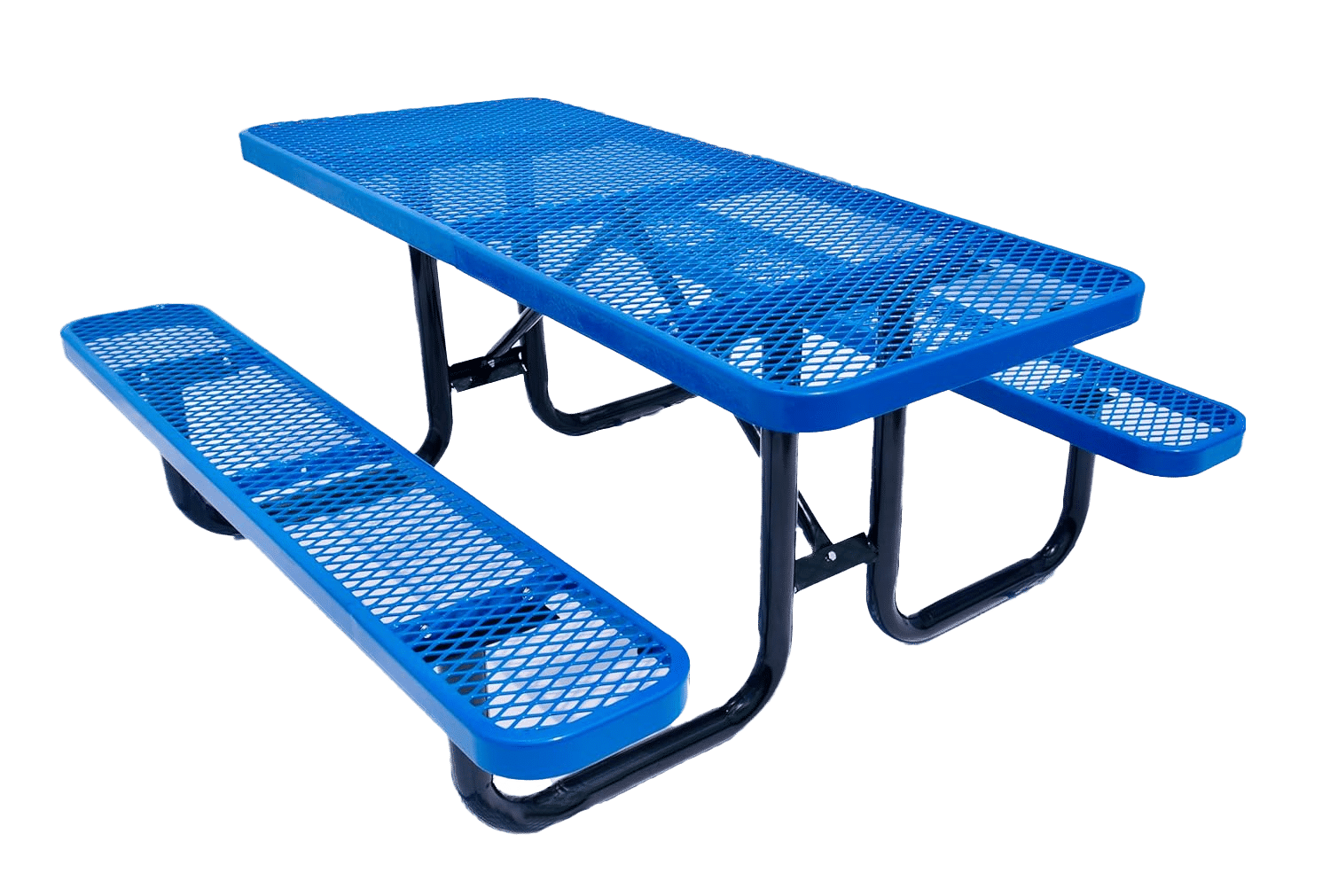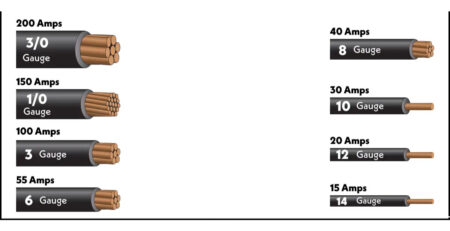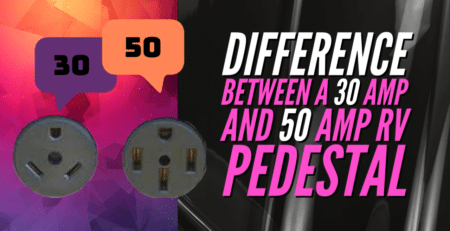Understanding Wire Gauge
Wire gauge, also known as wire diameter or wire size, refers to the thickness of the wire. It’s typically measured in American Wire Gauge (AWG) or sometimes in millimeters squared (mm²). The wire gauge you choose directly impacts the electrical performance and safety of your RV pedestal setup.
Factors to Consider When Choosing Wire Gauge for RV Pedestals
Distance from Power Source: The primary factor influencing your choice of wire gauge is the distance between the power source (e.g., electrical panel) and the RV pedestal. Longer distances require thicker wire to minimize voltage drop.
Electrical Load: Calculate the total electrical load your RV pedestal will handle. This includes not only the RV’s power needs but also any additional devices or appliances that may be connected simultaneously.
Voltage Drop Tolerance: Consider how much voltage drop you’re willing to tolerate. In RV setups, a voltage drop of no more than 3% is generally recommended to ensure that appliances and devices work efficiently.
National and Local Electrical Codes: Consult national and local electrical codes and regulations, as they may stipulate specific wire gauge requirements for RV pedestals.
Future Expansion: If you plan to expand your RV park or campsite, it’s wise to install a wire gauge that accommodates potential future growth. This can save you from costly upgrades down the road.

Common Wire Gauges for RV Pedestals
10 AWG (2.58 mm²): Suitable for shorter distances (under 50 feet) with minimal electrical loads, such as basic lighting and a few outlets.
8 AWG (8.37 mm²): A versatile choice for medium-distance runs (50-100 feet) with moderate electrical loads. It’s capable of handling the power needs of a typical RV setup.
6 AWG (13.30 mm²): Ideal for longer distances (100-200 feet) and larger RV pedestals with higher electrical loads. It provides better voltage stability over extended runs.
4 AWG (21.15 mm²) or Larger: Reserved for RV parks or campsites with significant electrical demands and extended cable runs. These heavy-gauge wires ensure minimal voltage drop over long distances.

Conclusion
Choosing the right wire gauge for your RV pedestals is essential to ensure a safe and reliable electrical supply. Consider factors like distance, load, voltage drop tolerance, and local regulations when making your selection. Investing in the appropriate wire gauge not only enhances the functionality of your RV pedestals but also contributes to the safety and satisfaction of your campers. Always consult with a qualified electrician or electrical engineer to ensure your setup meets all safety and code requirements.





